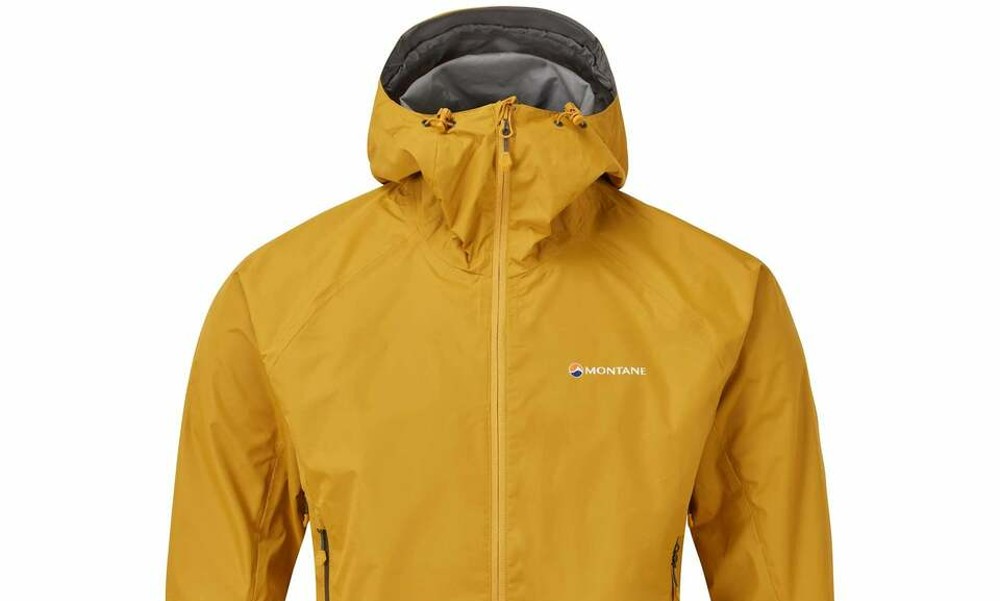MVTR and Breathability Explained
Posted by Mark Richardson on Jun 13, 2022
MVTR and Breathability Explained
MVTR - Moisture Vapour Transmission Rate
MVTR stands for moisture vapor transmission rate. It measures the rate at which moisture permeates through a fabric measured in grams/meter /day. As it turns out though, this is a very hard measurement to make and therefore figures should be used as a rough guide only. The difficulty of making the measurement is why some manufacturers won't quote figures for this factor - and even an accurate MVTR figure can be misleading as to a garments true performance, as the make up of the garment also has a significant impact on the garment's comfort.
Taking MVTR as a standalone figure though, we can say that a jacket made up of fabric with an MVTR of 20,000 will probably be significantly more breathable than one with an MVTR of 10,000, and significantly less breathable than one with an MVTR of 30,000. However a comparison between an MVTR of 10,000 and 12,000 is probably meaningless, especially if the testing has been done by different methods (of which there are several).

Applying this to Garments
The degree to which a garment will keep you comfortable by expelling internal water vapour starts with the MVTR of the fabric, however garment design will also have an impact on overall breathability. The main culprit is pockets, a high end shell jacket can have four pockets on the front of the jacket which (if lined with the same waterproof fabric as the outer) can result in three layers of fabric for moisture vapour to get through. Imagine wearing three jackets and expecting the combo to be breathable!
Some manufacturers line their pockets with mesh, this reduces the compromising effect of having pockets though mesh pockets tend to be less durable and are not suitable for items such as keys etc.
Seams also play an important part, seams represent a concentration of layers of fabric which will not be breathable like a single layer of fabric, and the seams are are then 'taped' which reduces the breathability further. 'Back in the day' seams and tape were quite wide, but recognising the importance of this, quality manufacturers have worked to narrow the seams and use much narrower tape to maximise the overall breathability of the garment.

How Garment Design Features Affect Garment Breathability
Minimising the compromises to garment breathability is one approach, in addition though there are a few design features that can increase the performance of the jacket, one, as previously mentioned, is lining the pockets with mesh. Another is the sometimes maligned pit zips, these are zippers fitted to the underarm of jackets allowing you to open up this area completely and are very effective at venting the garment - and its surprising how little water gets in (in most conditions).
What is CFM?
CFM is a U.S. (non-SI) unit meaning "cubic feet of air per minute per square foot".It is used as a measure of the "air porosity", alternatively (and more accurately) called the "air permeability", of fabrics. A plastic sheet would have near zero air porosity while a cotton sheet would have high air porosity - you can blow air through a cotton sheet.
Air porosity is used by fabric and garment manufacturers to indicate how wind-proof their products are.
Related Posts:
MVTR stands for moisture vapor transmission rate. It measures the rate at which moisture permeates through a fabric measured in grams/meter /day. As it turns out though, this is a very hard measurement to make and therefore figures should be used as a rough guide only.
